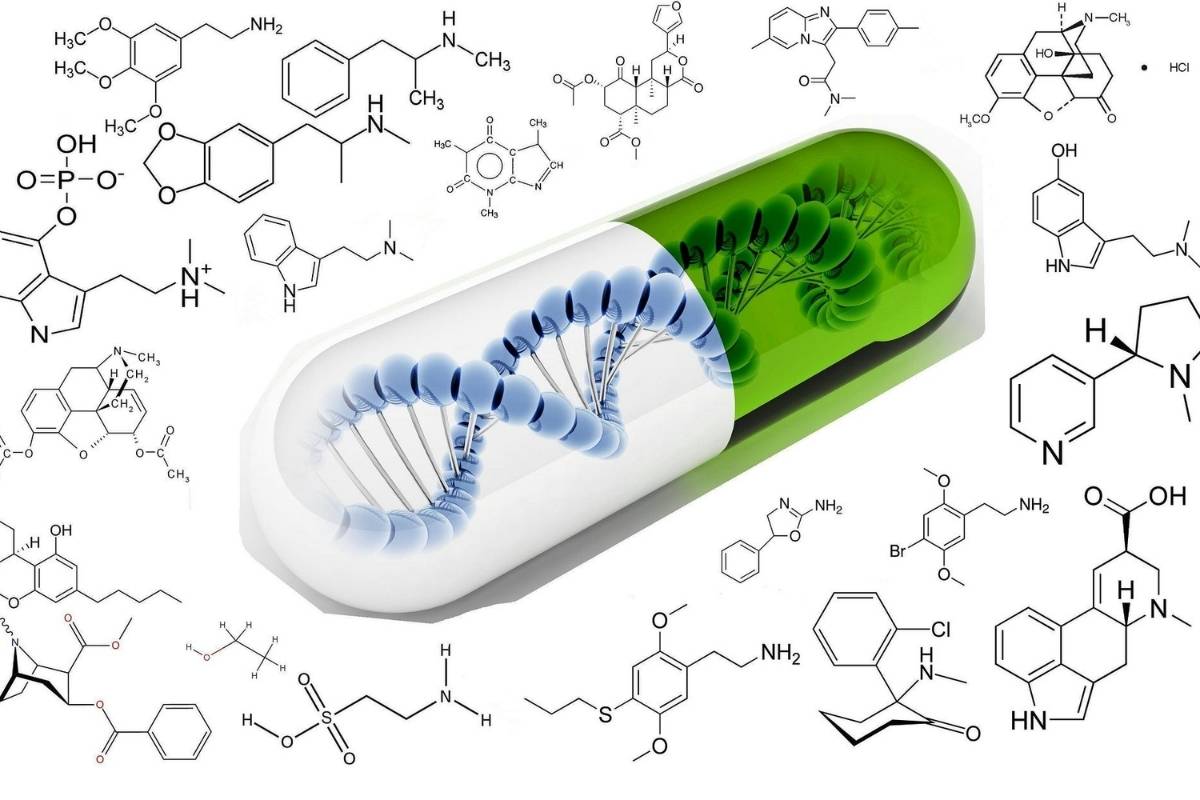For decades, silicon has been the foundation of computing, powering everything from personal devices to supercomputers. However, as Moore’s Law slows and the demand for faster, more efficient, and more sustainable computing grows, researchers are turning to alternative materials and paradigms. Molecular and biological computing represent the next frontier, leveraging the properties of molecules and living cells to process information in radically new ways.
1. The Limits of Silicon-Based Computing
Silicon has been the backbone of computational advancements, but it comes with limitations:
- Physical Constraints: Miniaturization of transistors is approaching atomic limits.
- Energy Consumption: Traditional processors require vast amounts of energy.
- Heat Dissipation: High-performance computing generates excessive heat, requiring complex cooling solutions.
- Material Scarcity: Silicon fabrication relies on finite natural resources.
These challenges are driving the exploration of new computing paradigms beyond silicon.
2. Molecular Computing: Harnessing Chemical Interactions
Molecular computing utilizes molecules, particularly DNA, to store and process information. This approach exploits the vast combinatorial potential of chemical reactions for computational tasks.
Key Advances in Molecular Computing:
- DNA Computing: Leveraging DNA strands to encode and solve complex problems, such as optimization and cryptography.
- Molecular Switches: Synthetic molecules acting as transistors, enabling data storage and logical operations.
- Self-Assembly Circuits: Molecular structures that self-assemble into functional computational units.
These innovations promise ultra-low power consumption and high-density data storage.

3. Biological Computing: The Power of Living Cells
Biological computing employs living organisms, such as bacteria and neurons, to perform computations. Cells naturally process information through genetic circuits and biochemical pathways, making them viable computing substrates.
Key Approaches in Biological Computing:
- Genetic Circuits: Engineered DNA sequences that function as logic gates within cells.
- Neuromorphic Computing: Utilizing brain-like architectures with biological neurons for learning and adaptation.
- Bacterial Networks: Programming bacteria to solve complex computational problems using biochemical signals.
These approaches could lead to self-repairing, adaptive, and highly parallel computing systems.
4. Advantages of Molecular and Biological Computing
Both molecular and biological computing offer compelling advantages over silicon-based systems:
- Extreme Miniaturization: Computing at the nanoscale enables unparalleled data density.
- Low Energy Consumption: Biological and molecular systems operate efficiently at room temperature.
- Parallel Processing: DNA and cellular systems can perform massive parallel computations.
- Biodegradability: Unlike silicon, biological materials decompose naturally, reducing e-waste.
These benefits position molecular and biological computing as promising alternatives for the future.

5. Challenges and Future Prospects
Despite their potential, molecular and biological computers face significant hurdles:
- Processing Speed: Biological reactions are slower than electronic circuits.
- Scalability: Designing large-scale, reliable biological computing systems remains a challenge.
- Complexity of Control: Programming living systems requires precise genetic and chemical engineering.
- Integration with Existing Technologies: Bridging the gap between biological/molecular systems and conventional computing architectures.
However, ongoing advancements in synthetic biology, nanotechnology, and AI-driven design optimization are rapidly addressing these challenges.
The future of computing lies beyond silicon, with molecular and biological computers emerging as transformative technologies. While still in early development, these alternatives hold the promise of revolutionizing data processing, making computation more efficient, sustainable, and biologically integrated. As researchers continue to push the boundaries, the era of post-silicon computing may soon become a reality, unlocking new possibilities for artificial intelligence, medicine, and beyond.


